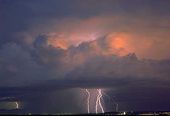
© Unknown
At least 37 people were killed and 27 others injured in UP as thunderstorm, accompanied by lightning and rains, hit most of north India. Winds of 75-90 km/hr lashed through the states of UP, Bihar, West Bengal, Himachal Pradesh, Delhi, Uttarakhand, Jammu & Kashmir, Rajasthan, Punjab and Haryana
related stories
In Shahjahanpur district, 16 people were killed in dust storm related incidents while nine people lost their lives and 18 others were injured in Badaun, a district administration official said here on Saturday. In an unconfirmed report, two persons died in Bareilly district because of the storm.
Eight persons died in Lakhimpur Kheri, including a three-year-old girl, when a house collapsed and trees got uprooted. Three persons have been reported dead in Ghaziabad and one in Azamgarh.
Principal secretary (revenue) KK Sinha said orders had been issued to provide speedy help and compensate the families of the victims.
Windstorm in north Kashmir's Kupwara district damaged 32 houses in the past two days, officials said.
The Met department attributed the thunderstorm and rains to upper cyclonic circulations over north India and Pakistan and southwesterly winds. More thunderstorms and rains have been forecast over the next 48 hours.
Power supply was badly hit in parts of UP, trains and vehicular traffic was disrupted in Bihar and in Himachal Pradesh, apple and stone fruit crops were damaged in many parts. Heavy rains lashed West Bengal, too.
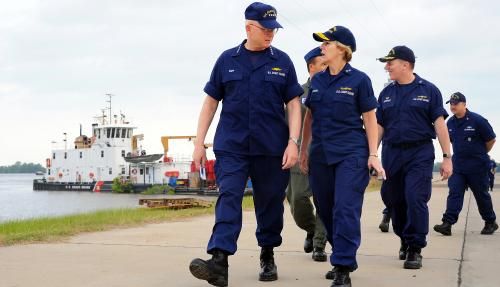
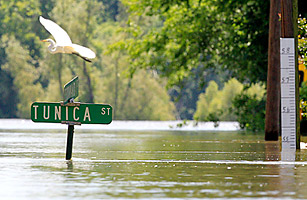
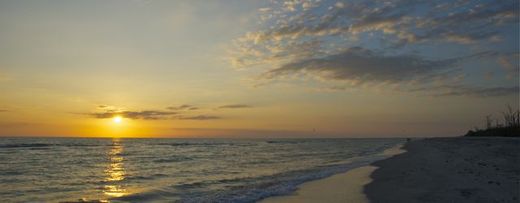
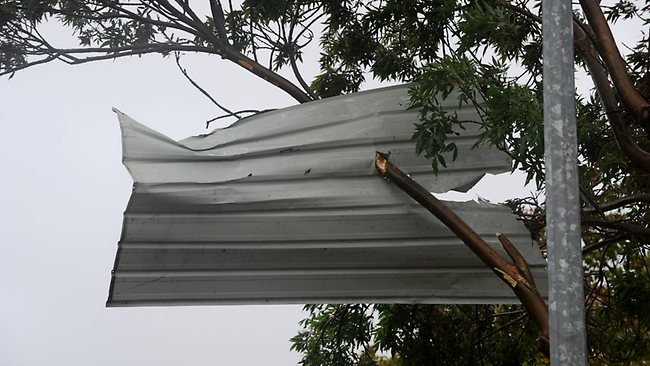
Comment: The debate about global warming is far from settled. For a more balanced perspective on Climate Change see:
Climate Change Swindlers and the Political Agenda